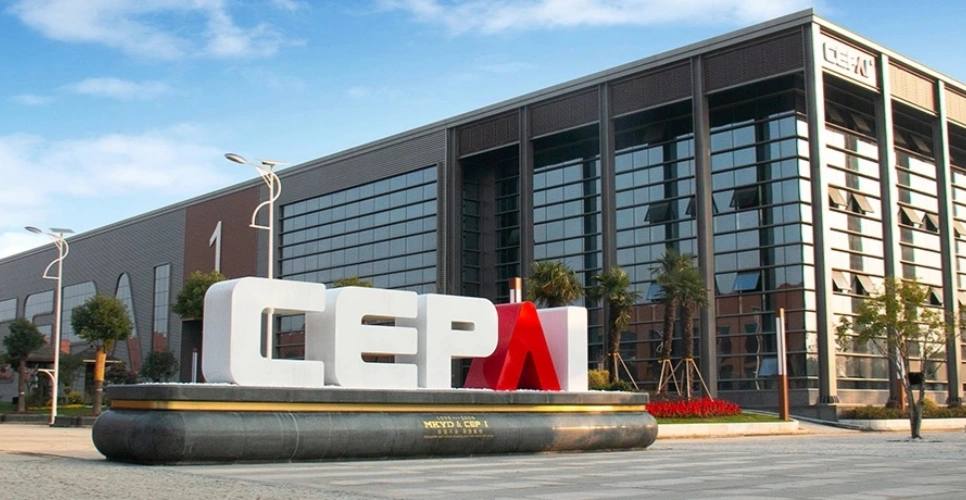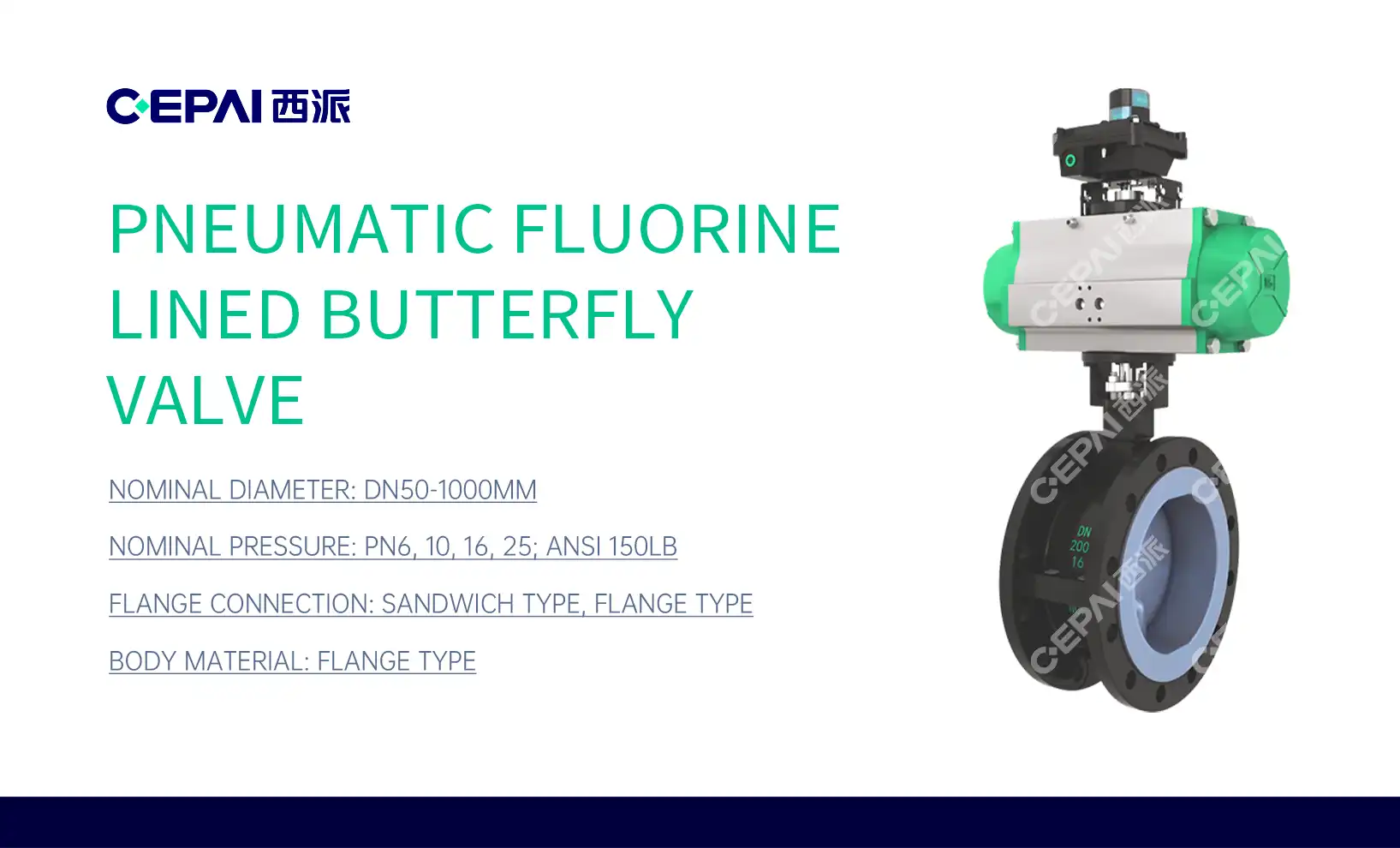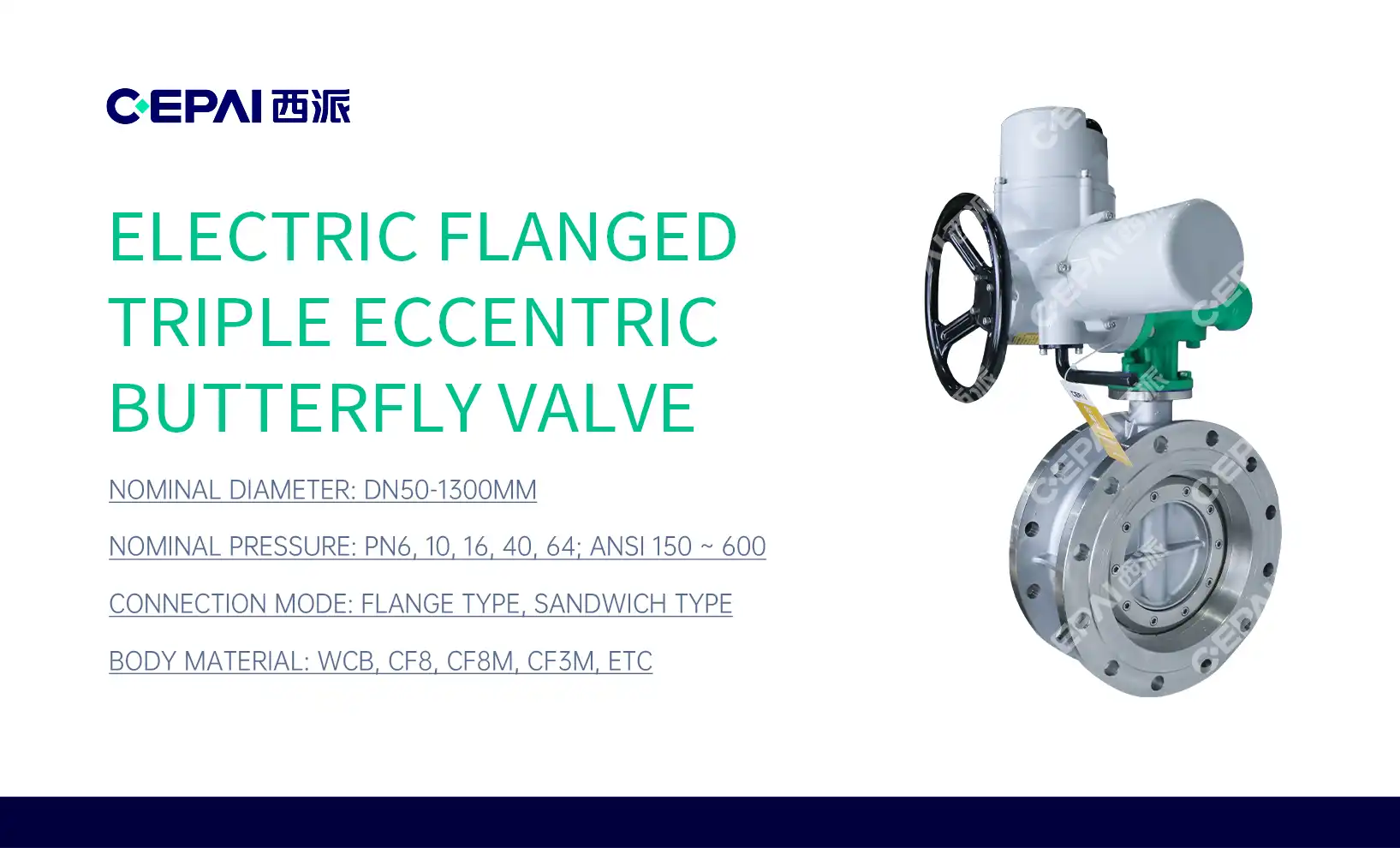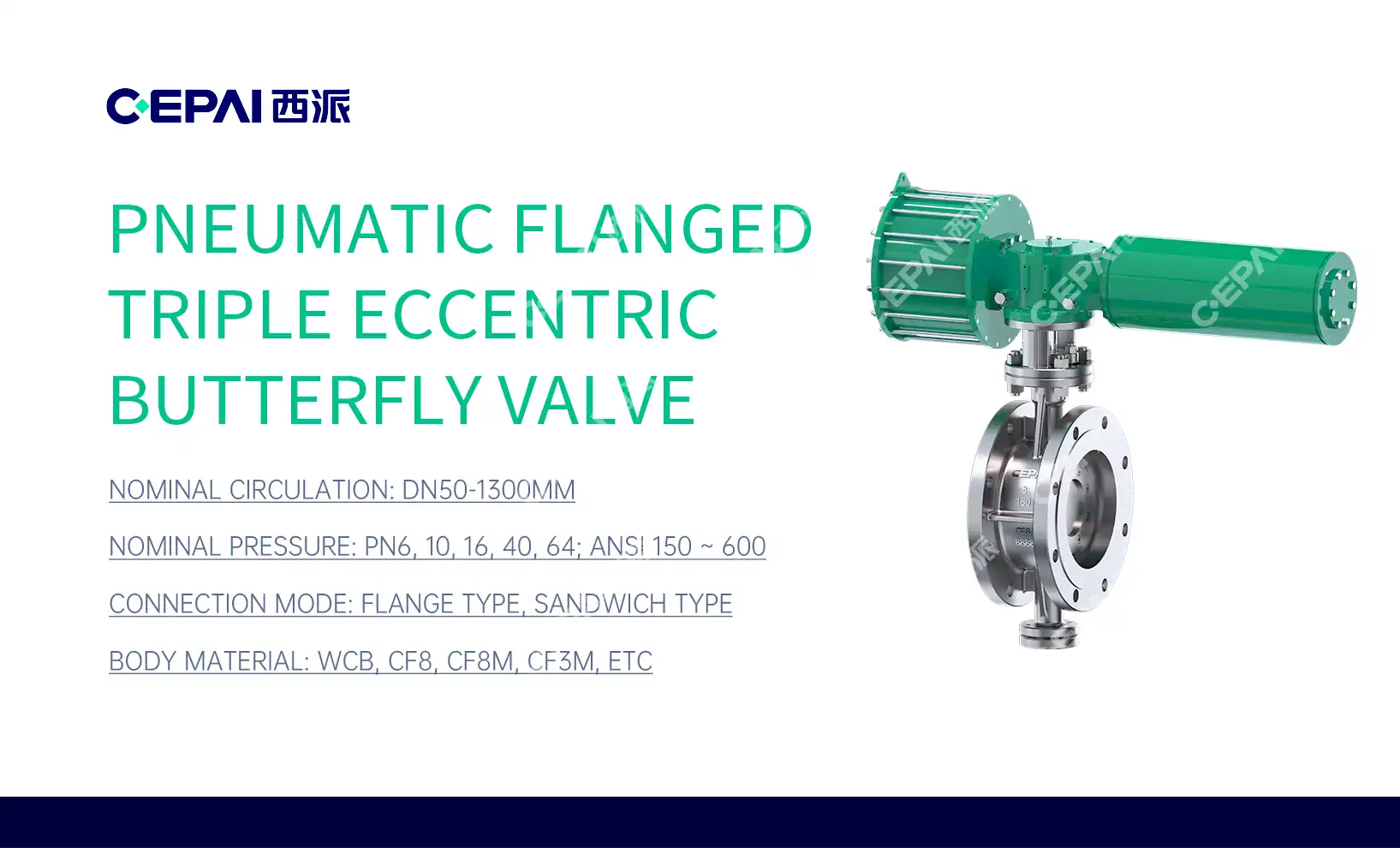Understanding Waterproof Butterfly Valves
Definition and Basic Principles
Waterproof butterfly valves are specialized flow control devices designed to operate effectively in outdoor environments where exposure to moisture and other elements is a concern. These valves feature a disc that rotates on a central axis to regulate fluid flow, with added sealing and protective measures to prevent water ingress. The waterproof design ensures reliable operation and longevity in challenging outdoor conditions, making them crucial components in various industrial and municipal applications.
Key Components and Materials
The construction of waterproof butterfly valves involves several critical components that contribute to their durability and functionality. The valve body is typically made from corrosion-resistant materials such as stainless steel, ductile iron, or high-performance polymers. The disc, which is responsible for controlling flow, is often fabricated from stainless steel or coated with protective materials to withstand harsh environments. Sealing elements, including resilient seats and O-rings, are crafted from advanced elastomers or fluoropolymers to ensure a tight seal and prevent water infiltration. Additionally, the shaft and bearings are designed with water-resistant properties to maintain smooth operation even in wet conditions.
Waterproofing Mechanisms
Waterproof butterfly valves employ various mechanisms to protect against moisture ingress. These may include hermetically sealed actuators, weatherproof coatings, and specialized gaskets that create a barrier against water penetration. Some models feature double-offset or triple-offset designs that enhance sealing capabilities and reduce wear on critical components. Advanced sealing technologies, such as live-loaded packing systems and self-adjusting seats, contribute to maintaining a watertight seal throughout the valve's operational life. These mechanisms work in concert to ensure the valve remains functional and protected in outdoor environments where exposure to water and other elements is inevitable.
Applications and Benefits of Waterproof Butterfly Valves
Outdoor Industrial Applications
Waterproof butterfly valves find extensive use in outdoor industrial settings where reliable flow control is paramount. In chemical processing plants, these valves are employed to regulate the flow of corrosive fluids in exposed piping systems. Oil and gas refineries utilize waterproof butterfly valves in their outdoor operations to control the movement of hydrocarbons and other process fluids. Power generation facilities rely on these valves for cooling water systems and steam distribution networks that are exposed to the elements. The robust construction and waterproof design of these valves ensure uninterrupted operation and minimal maintenance requirements in these demanding industrial environments.
Water Treatment and Distribution Systems
Municipal water treatment plants and distribution networks heavily depend on waterproof butterfly valves for efficient water management. These valves are installed in outdoor reservoirs, filtration systems, and main distribution lines to control water flow and isolate sections for maintenance. Their ability to withstand continuous exposure to water and harsh weather conditions makes them ideal for long-term use in these critical infrastructure applications. Waterproof butterfly valves also play a crucial role in wastewater treatment facilities, where they are used to regulate the flow of effluent and control treatment processes in outdoor settling tanks and aeration basins.
Irrigation and Agricultural Systems
In the agricultural sector, waterproof butterfly valves are essential components of large-scale irrigation systems. These valves are used to control water distribution across vast farmlands, ensuring efficient use of water resources. Their durability and resistance to environmental factors make them suitable for installation in remote locations where regular maintenance may be challenging. Golf courses and large landscaping projects also benefit from waterproof butterfly valves in their sprinkler systems and water features, where reliable operation in outdoor conditions is crucial for maintaining lush greenery and attractive water displays.
Installation, Maintenance, and Troubleshooting
Proper Installation Techniques
Correct installation of waterproof butterfly valves is crucial for ensuring their optimal performance and longevity in outdoor settings. Begin by carefully inspecting the valve and its components for any signs of damage or defects before installation. Ensure that the pipeline is clean and free from debris that could interfere with valve operation. When mounting the valve, use appropriate gaskets and sealing compounds to create a watertight seal at the flanged connections. Align the valve properly within the piping system to prevent undue stress on the valve body. For actuated valves, ensure that the actuator is correctly sized and mounted to provide smooth and reliable operation. It's also important to consider the surrounding environment and provide adequate protection from direct exposure to extreme weather conditions, such as installing weather shields or enclosures when necessary.
Routine Maintenance Procedures
Regular maintenance is essential for preserving the functionality and extending the service life of waterproof butterfly valves in outdoor applications. Develop a comprehensive maintenance schedule that includes periodic inspections of the valve body, disc, and sealing elements for signs of wear, corrosion, or damage. Clean the valve components regularly to remove any accumulated debris or mineral deposits that could impair performance. Lubricate moving parts according to the manufacturer's recommendations, using water-resistant lubricants suitable for outdoor use. Check and adjust the packing or sealing system as needed to maintain a watertight seal. For actuated valves, inspect and service the actuator components, including seals, bearings, and electrical connections, to ensure reliable operation. Keep detailed maintenance records to track valve performance and identify any recurring issues that may require attention.
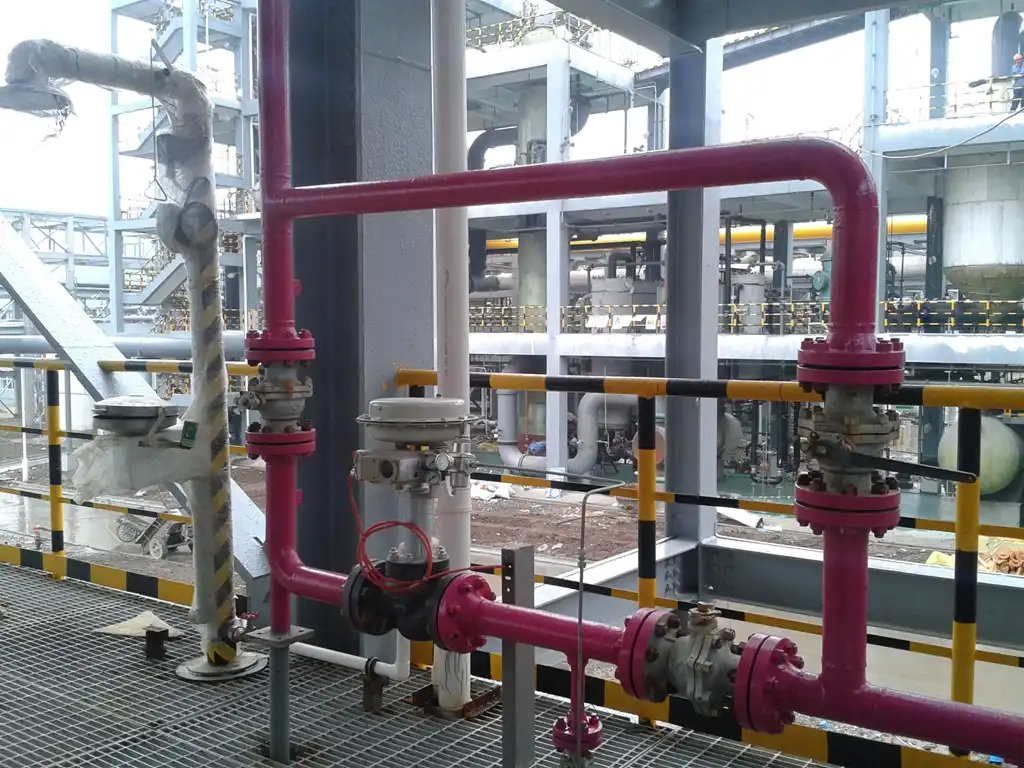
Troubleshooting Common Issues
Despite their robust design, waterproof butterfly valves may occasionally encounter operational issues in outdoor environments. Common problems include leaks, difficulty in opening or closing the valve, and actuator malfunctions. When addressing leaks, first determine the source by inspecting the valve body, flanged connections, and stem seals. Tightening bolts or replacing worn gaskets may resolve minor leaks, while more significant issues may require valve disassembly and component replacement. If the valve is difficult to operate, check for obstructions in the pipeline, disc misalignment, or damage to the valve seat. Actuator problems may stem from power supply issues, damaged seals, or control system malfunctions. When troubleshooting, always consult the manufacturer's documentation and consider environmental factors that may contribute to the problem, such as extreme temperatures or exposure to corrosive elements. If issues persist, seek assistance from qualified technicians or the valve manufacturer to ensure proper resolution and prevent potential system downtime.
Conclusion
Waterproof butterfly valves are indispensable components in outdoor fluid control applications, offering reliable performance and longevity in challenging environments. Their robust construction, advanced sealing mechanisms, and versatility make them ideal for use in various industries, from water treatment and distribution to industrial processes and irrigation systems. By understanding the key features, proper installation techniques, and maintenance requirements of these valves, operators can ensure optimal performance and extended service life. As technology continues to advance, we can expect further improvements in waterproof butterfly valve design, enhancing their efficiency and reliability in outdoor applications.
FAQs
1. What makes a butterfly valve waterproof?
Waterproof butterfly valves incorporate specialized sealing mechanisms, corrosion-resistant materials, and protective coatings to prevent water ingress and ensure reliable operation in wet environments.
2. How often should waterproof butterfly valves be maintained?
Maintenance frequency depends on the application and operating conditions, but generally, a thorough inspection and service should be performed at least annually, with more frequent checks in harsh environments.
3. Can waterproof butterfly valves be used in saltwater applications?
Yes, many waterproof butterfly valves are designed to withstand saltwater exposure, utilizing materials like duplex stainless steel or special coatings for enhanced corrosion resistance.
Expert Solutions for Waterproof Butterfly Valves | CEPAI
CEPAI Group Co., Ltd. is a leading waterproof butterfly valves manufacturer and supplier, specializing in innovative solutions for challenging outdoor applications. Our state-of-the-art manufacturing facilities and extensive R&D capabilities enable us to deliver cutting-edge valve technology that meets the highest industry standards. As a trusted partner in the valve manufacturing industry, we offer a wide range of waterproof butterfly valves designed to excel in diverse environments. Contact our expert team at cepai@cepai.com to discuss your specific requirements and discover how our products can enhance your operations.

References
Smith, J.R. (2021). "Advanced Waterproofing Techniques in Industrial Valve Design." Journal of Fluid Control Engineering, 45(3), 178-192.
Johnson, M.L. & Thompson, K.A. (2020). "Performance Analysis of Waterproof Butterfly Valves in Extreme Weather Conditions." International Conference on Valve Technology Proceedings, 87-102.
Brown, E.T. (2019). "Materials Selection for Outdoor Valve Applications: A Comprehensive Guide." Materials in Fluid Systems, 12(2), 45-61.
Williams, S.G. & Davis, R.H. (2022). "Maintenance Strategies for Extending the Lifespan of Outdoor Valves." Plant Engineering Quarterly, 33(1), 112-126.
Chen, L.Y. (2020). "Innovations in Sealing Technology for Waterproof Butterfly Valves." Advances in Industrial Fluid Control, 8(4), 201-215.
Taylor, P.J. & Robinson, A.C. (2021). "Environmental Impact Assessment of Waterproof Valve Technologies in Water Treatment Facilities." Journal of Sustainable Engineering Practices, 17(3), 89-104.

_1746598525968.webp)
